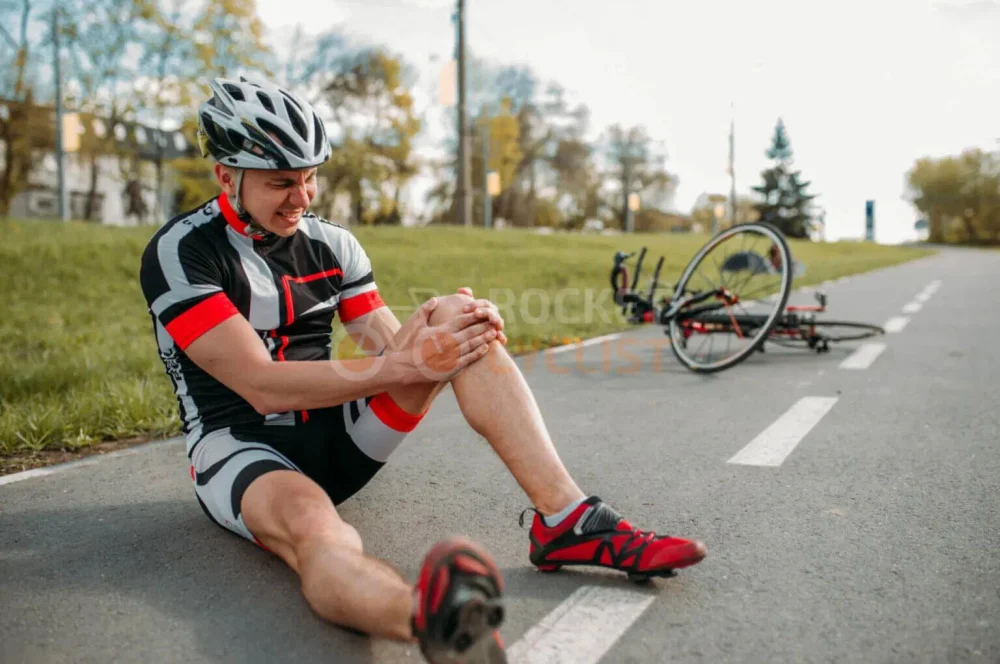
- understanding-why-cramps-happen
- hydration-and-nutrition-before-and-during-rides
- proper-warm-up-and-stretching
- bike-fit-and-riding-position
- smart-pacing-and-effort-management
- case-study-of-a-long-distance-rider
- equipment-and-supplements-that-help
1. Understanding Why Cramps Happen
1.1 Muscle Fatigue and Overuse
Muscle cramps during long rides are often the result of overuse and fatigue. When you push your muscles past their accustomed limit—especially without adequate rest—they may involuntarily contract. This is common during steep climbs or intense sprints late in a ride.
1.2 Electrolyte Imbalance
Sweating depletes your body of essential minerals like sodium, potassium, and magnesium. Without proper replenishment, nerves misfire, causing painful muscle cramps. This is particularly common in hot weather or during rides longer than two hours.
1.3 Poor Conditioning or Sudden Intensity
If you ramp up mileage or intensity too quickly, your muscles may not be ready. Gradual training progression is essential to allow the body time to adapt and avoid mid-ride cramps that can ruin your endurance goals.
2. Hydration and Nutrition Before and During Rides
2.1 Hydrate Proactively, Not Reactively
Drinking only when you feel thirsty is too late. Start hydrating hours before your ride begins. During the ride, aim for 500–750ml of fluid per hour, depending on weather and intensity. Include electrolytes in your water, not just plain H2O.
2.2 Eat Smart to Fuel Muscles
Carbohydrates provide the fuel muscles need to function efficiently. A balanced pre-ride meal with complex carbs and some protein helps prevent energy dips. On long rides, consume snacks every 45–60 minutes to sustain performance.
2.3 Use Electrolyte Drinks or Tabs
Replenish key minerals with dedicated sports drinks or tabs. Products with a mix of sodium, magnesium, and potassium are effective. Avoid sugary energy drinks that offer a short burst followed by a crash.
3. Proper Warm-Up and Stretching
3.1 Dynamic Warm-Ups Before Riding
Start each ride with at least 10–15 minutes of light pedaling before pushing into higher intensities. This allows blood flow to increase gradually, reducing the shock to your muscles and decreasing the chance of early cramps.
3.2 Stretch Regularly, Especially Post-Ride
Focus on hamstrings, quads, calves, and hip flexors. A good post-ride stretch helps release tightness, improve flexibility, and aid recovery. Consistency is key—make stretching part of your weekly training routine.
3.3 Foam Rolling and Trigger Point Therapy
Using a foam roller or massage ball can reduce muscle tightness and prevent knots that may lead to cramping. Pay attention to warning signs like stiffness or localized tension and address them early.
4. Bike Fit and Riding Position
4.1 Poor Fit = High Risk of Cramping
An improperly fitted bike puts stress on the wrong muscles. For instance, a saddle that's too high can overstretch your hamstrings, leading to cramps. A professional bike fitting can dramatically reduce these risks.
4.2 Optimize Saddle, Cleat, and Handlebar Positions
Minor adjustments can make a huge difference. Ensure your cleats allow natural foot movement and that your saddle supports stable, efficient pedaling. Avoid riding in extreme aero positions for long periods without training for it.
4.3 Listen to Your Body’s Signals
Discomfort or unusual fatigue is your body’s way of warning you. Don’t ignore tingling, twitching, or subtle cramps—they often signal overexertion or biomechanical inefficiency.
5. Smart Pacing and Effort Management
5.1 Don’t Burn Out Early
One common mistake: going too hard in the first hour. You feel strong, adrenaline’s flowing—but you're burning through your reserves. Cramping often follows shortly after. Use a heart rate monitor or power meter to stay within your ideal zones.
5.2 Ride Within Your Fitness Level
Group rides can pressure you to ride faster than your body can handle. Train at your pace, know your limits, and don't hesitate to pull back if fatigue sets in. Smart pacing prevents overexertion-induced cramps.
5.3 Include Recovery in Your Training Plan
Muscles grow stronger through recovery. Overtraining without adequate rest leads to chronic fatigue and makes cramping more likely. Schedule rest days and recovery rides to maintain muscle health and avoid burnout.
6. Case Study of a Long-Distance Rider
Meet Brian, a seasoned cyclist preparing for a 160km charity ride. In his early training, he often cramped at the 100km mark. After logging his rides, he noticed the pattern: poor hydration and irregular pacing. With structured hydration, a power meter, and regular stretching, he finished the event cramp-free.
His takeaway? Preventing cramps isn’t about one magic trick—it’s about consistency, awareness, and listening to your body. Preparation off the bike matters just as much as the time spent pedaling.
7. Equipment and Supplements That Help
7.1 Compression Gear and Muscle Support
Compression sleeves or socks can improve circulation and reduce post-ride soreness. They're especially helpful during long events or back-to-back training days. Some riders swear by them for preventing calf cramps during recovery.
7.2 Magnesium and Mineral Supplements
If your diet lacks magnesium or potassium, consider a supplement. Low levels of these minerals are linked to muscle cramping. Talk to your doctor or sports nutritionist before starting any new supplement.
7.3 Reliable Cycling Gear for Endurance
At Cycling Guider, we provide performance-tested gear including electrolyte mixes, hydration packs, and muscle recovery tools that are rider-approved. Whether you’re new to long-distance cycling or preparing for your next Gran Fondo, we help you ride smarter and stronger.



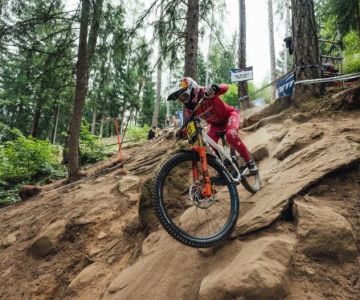

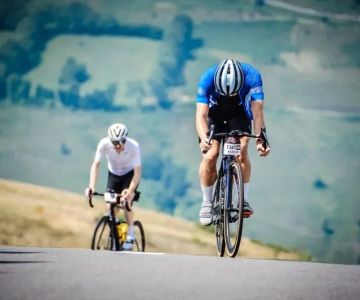
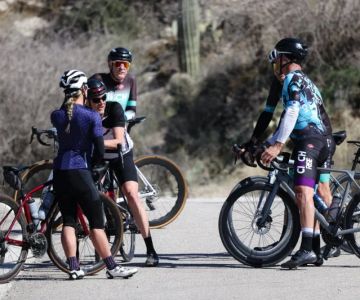
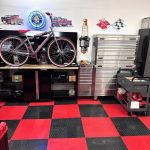 Billet BMX5.0 (2 reviews)
Billet BMX5.0 (2 reviews)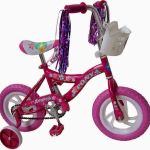 Far East Children Bicycle Factory1.0 (1 reviews)
Far East Children Bicycle Factory1.0 (1 reviews)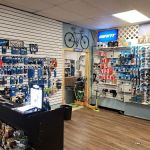 Archer Motorsports, Inc.4.0 (8 reviews)
Archer Motorsports, Inc.4.0 (8 reviews) YEP Bike Works4.0 (55 reviews)
YEP Bike Works4.0 (55 reviews) Gorham Bike & Ski4.0 (498 reviews)
Gorham Bike & Ski4.0 (498 reviews)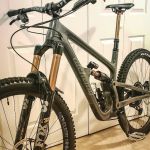 Alchemy Bikes4.0 (37 reviews)
Alchemy Bikes4.0 (37 reviews) How to Teach Kids to Ride a Bike: A Step-by-Step Guide for Parents
How to Teach Kids to Ride a Bike: A Step-by-Step Guide for Parents Tips for Riding on Busy City Streets: Smart Strategies for Urban Cyclists
Tips for Riding on Busy City Streets: Smart Strategies for Urban Cyclists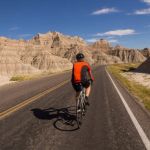 Best US National Parks for Mountain Biking: Ride Epic Trails Across America
Best US National Parks for Mountain Biking: Ride Epic Trails Across America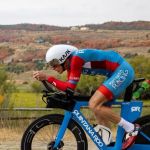 Best Aero Helmets for Time Trials and Racing
Best Aero Helmets for Time Trials and Racing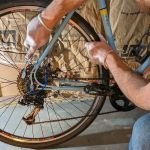 How to Clean and Lubricate Your Bike Chain Like a Pro
How to Clean and Lubricate Your Bike Chain Like a Pro 10 Must-Have Items for Long-Distance Cycling Trips
10 Must-Have Items for Long-Distance Cycling Trips